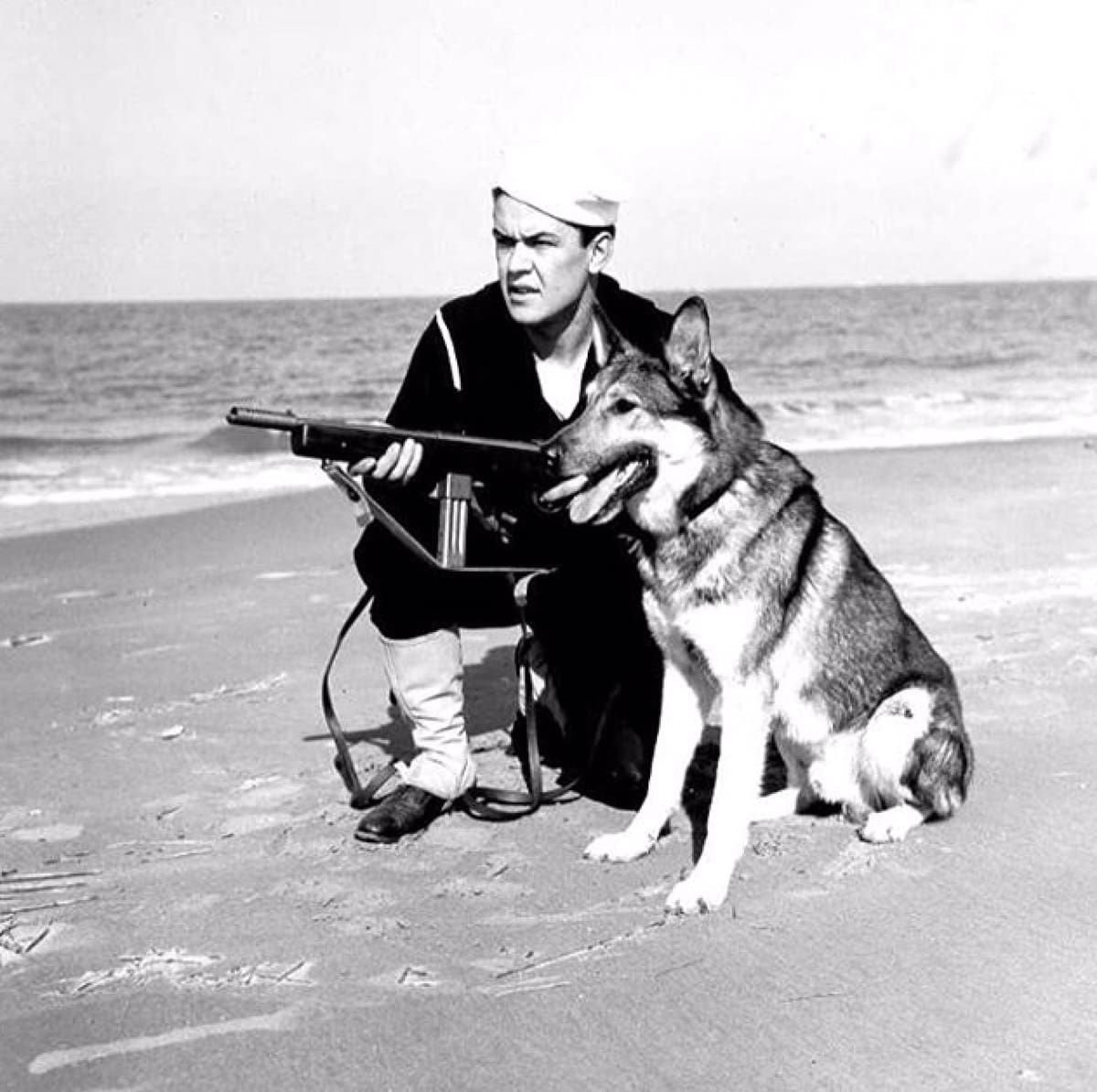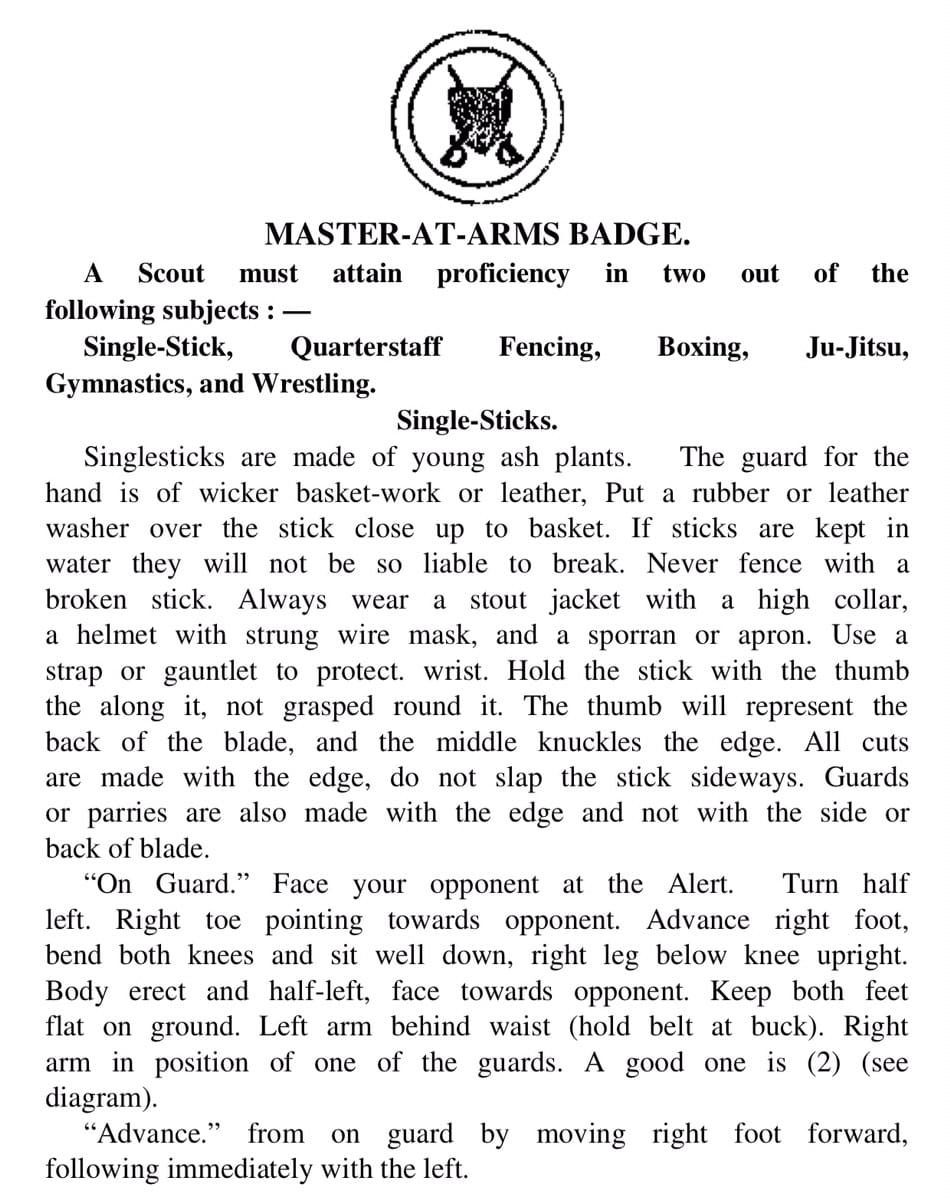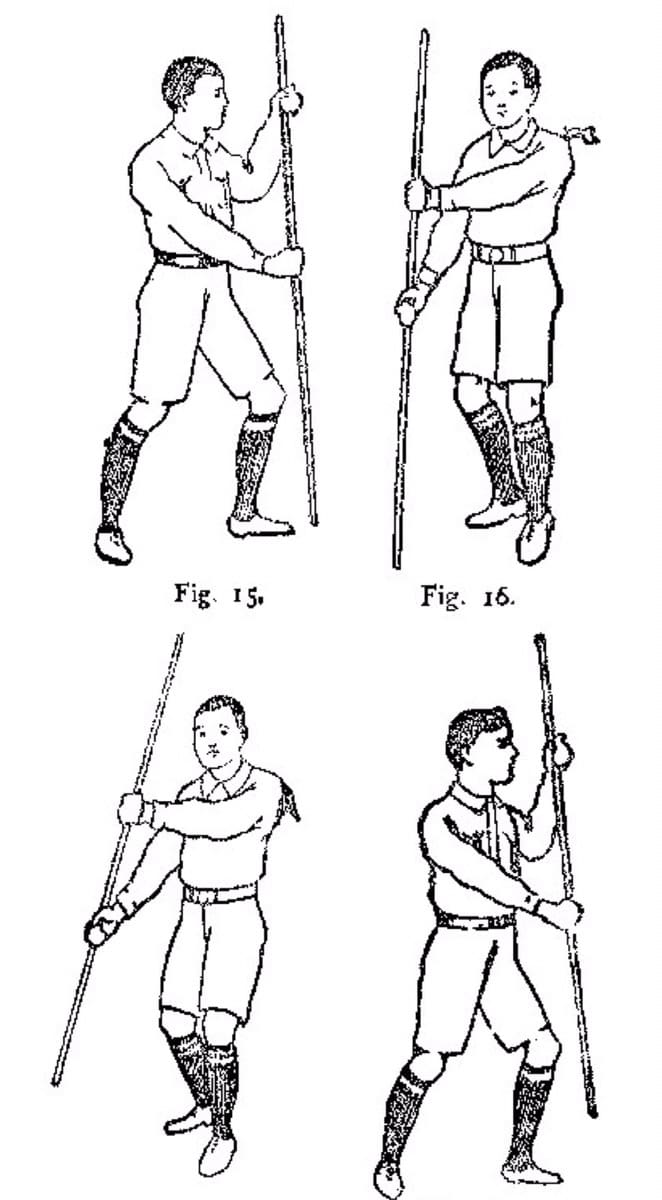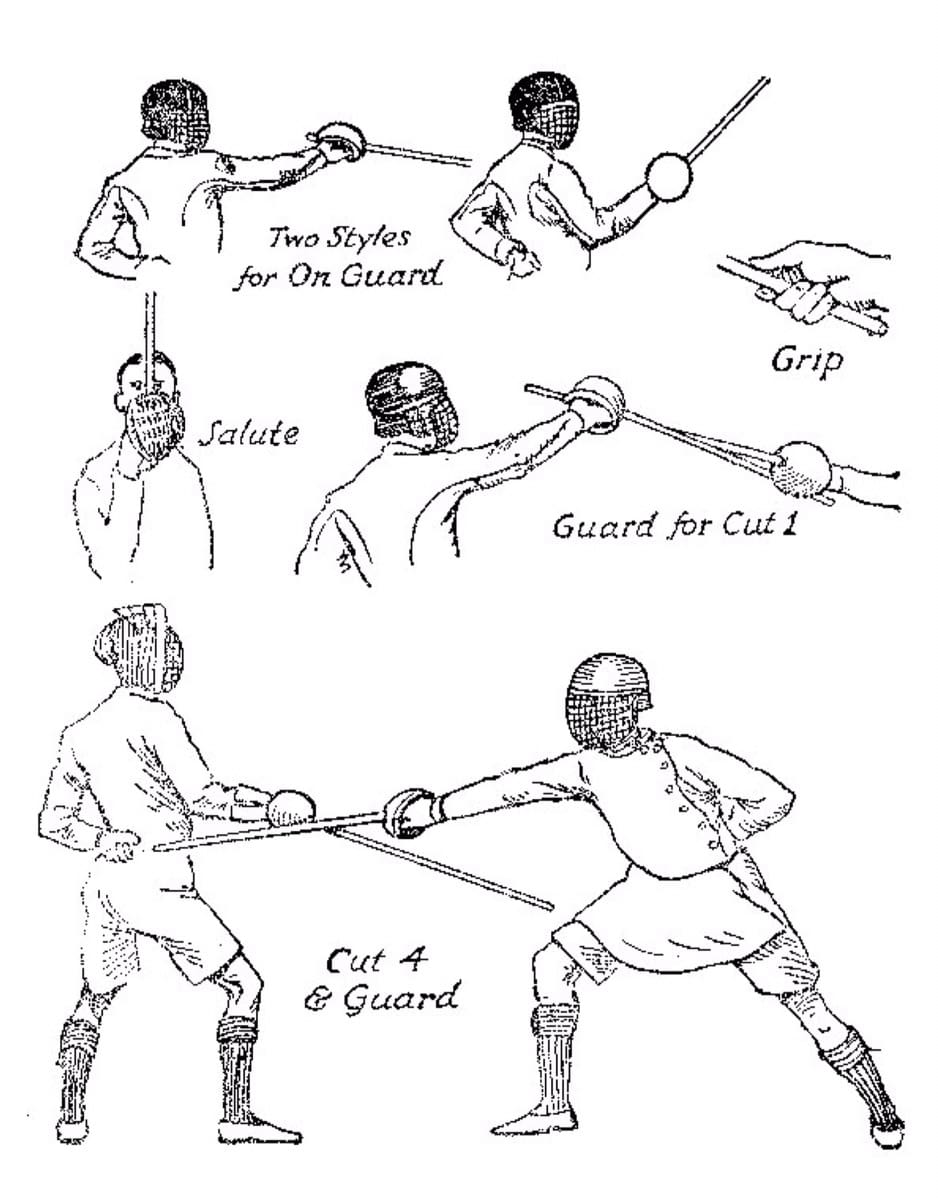Kriser’s Natural Pet Stores Raising Funds to Help American Humane Provide Lifesaving Service Dogs to Veterans with Post-traumatic Stress
WASHINGTON, D.C., October 27, 2016 – As the nation gears up to commemorate Veterans Day, a company dedicated to the health of America’s animals is stepping forward to ensure the health of the brave warriors who have made major sacrifices in fighting for our freedom. Kriser’s Natural Pet stores across the country are raising money to help American Humane, the country’s first national humane organization which has supported the U.S. military for 100 years, provide lifesaving service dogs to veterans suffering from post-traumatic stress (PTS).
Every day, 184 veterans are diagnosed with PTS and 20 die at their own hands – nearly one an hour. Waiting times for obtaining one of these highly trained critically important animals is estimated at between 12-18 months – far too long when the odds for heroes are this great.
To change these odds and save lives, Kriser’s Natural Pet stores across the country are collecting $1 donations from customers who visit their stores between November 6 and November 19 to help American Humane put healing leashes in the hands of veterans with post-traumatic stress and traumatic brain injuries. Trained PTS service dogs are extremely expensive at around $20,000 apiece, but provide invaluable outcomes for veterans suffering the invisible wounds of war. Veterans with service dogs have reported improved sleep, decreased startle responses, and a decrease in the need for prescribed pain medication.
“As Veteran’s Day nears, we are proud to help support our true national heroes by raising funds and awareness to provide service animals as part of the Wags4Patriots initiative that American Humane coordinates,” said Brad Kriser, founder & CEO of Kriser’s Natural Pet. “In this month of Thanksgiving, our entire Kriser’s Pack gives thanks to the people who have served our country and the amazing companion animals that support them.”
“Honoring our veterans involves both commemoration and active participation on our parts,” said Dr. Robin Ganzert, president and CEO of American Humane. “We all need to do what we can to care for and protect those who have sacrificed so much to protect us. Our veterans, including those who suffer from the invisible wounds of war, now need our help. I salute Kriser’s Natural Pet stores for choosing to stand with our veterans and urge Americans who love their pets – and our vets – to support this important effort on behalf of those who have given so much to this country.”
Participating Kriser’s Natural Pet store locations:
CALIFORNIA
Kriser’s Natural Pet
12507 Ventura Blvd.
Studio City, CA 91604
Kriser’s Natural Pet
24272 Valencia Blvd.
Valencia, CA 91355
Kriser’s Natural Pet
5365 Alton Parkway
Irvine, CA 92604
Kriser’s Natural Pet
1044 Irvine Ave
Newport Beach, CA 92660
Kriser’s Natural Pet
3341 E. Imperial Hwy.
Brea, CA 92823
Kriser’s Natural Pet
1559 Pacific Coast Highway
Hermosa Beach, CA 90254
Kriser’s Natural Pet
23894 Aliso Creek Road
Laguna Niguel, CA 92677
Kriser’s Natural Pet
303 Lincoln Blvd
Venice, CA 90291
Kriser’s Natural Pet
966 S. Westlake Blvd
Westlake Village, CA 91361
COLORADO
Kriser’s Natural Pet
4930 South Yosemite Street
Greeenwood Village, CO 80111
Kriser’s Natural Pet
3531 S. College Ave.
Fort Collins, CO 80525
Kriser’s Natural Pet
1910 Chestnut Pl.
Denver, CO 80202
Kriser’s Natural Pet
3475 S. University
Englewood, CO 80113
Kriser’s Natural Pet
14710 W. Colfax Ave.
Lakewood, CO 80401
Kriser’s Natural Pet
5160 W. 120th Ave. Suite A
Westminster, CO 80020
Kriser’s Natural Pet
9362 S Colorado Blvd.
Highlands Ranch, CO 80126
ILLINOIS
Kriser’s Natural Pet
2055 N. Clybourn Ave.
Chicago, IL 60614
Kriser’s Natural Pet
1103 S. State St.
Chicago, IL 60605
Kriser’s Natural Pet
3232 Lake Ave.
Wilmette, IL 60091
Kriser’s Natural Pet
1033 W. Belmont
Chicago, IL 60657
Kriser’s Natural Pet
168 N. Northwest Highway
Park Ridge, IL 60068
Kriser’s Natural Pet
100 W. Higgins Rd.
South Barrington, IL 60010
Kriser’s Natural Pet
1658 N. Milwaukee Ave.
Chicago, IL 60647
Kriser’s Natural Pet
1640 N. Milwaukee Ave.
Vernon Hills, IL 60061
Kriser’s Natural Pet
20291 N. Rand Road
Kildeer, IL 60074
Kriser’s Natural Pet
674 Roosevelt Road
Glen Ellyn, IL 60137
Kriser’s Natural Pet
356 E. Ohio Street
Chicago, IL 60611
Kriser’s Natural Pet
15160 S. LaGrange Rd
Orland Park, IL 60462
Kriser’s Natural Pet
8 W. Gartner Rd
Naperville, IL 60540
Kriser’s Natural Pet
780 Skokie Blvd.
Northbrook, IL 60062
TEXAS
Kriser’s Natural Pet
5160 Buffalo Speedway
Houston, TX 77005
Kriser’s Natural Pet
15556 Cutten Road
Houston, TX 77070
Kriser’s Natural Pet
250 W 20th St
Houston, TX 77008
Kriser’s Natural Pet
1925 Hughes Landing Blvd
The Woodlands, TX 77380
Kriser’s Natural Pet
427 N. Loop 1604 W
San Antonio, TX 78232
Kriser’s Natural Pet
10225 Research Blvd., Suite 1500
Austin, TX 78759
Kriser’s Natural Pet
1515 W. Gray St.
Houston, TX 77019
Wylie Wagg
5B East Washington St.
Middleburg, VA 20117
Wylie Wagg
3903-F Fair Ridge Dr.
Fairfax, VA 22033
Wylie Wagg
7505 Leesburg Pike
Falls Church, VA 22043
Wylie Wagg
2509 N. Franklin Rd.
Arlington, VA 22201
Wylie Wagg
3707 Newark St. NW
Washington, DC 20016
























































































































